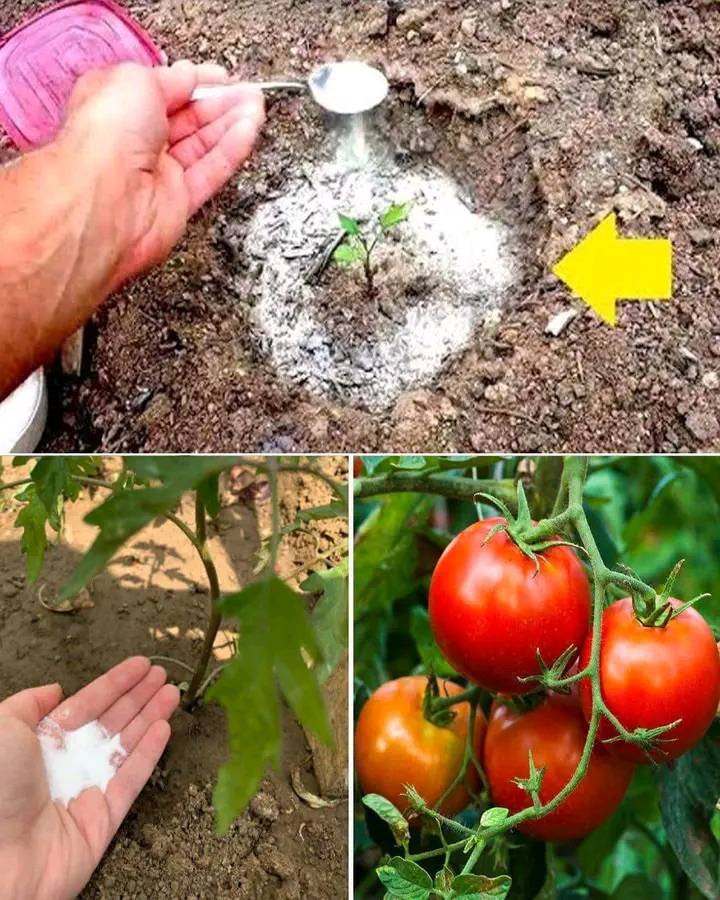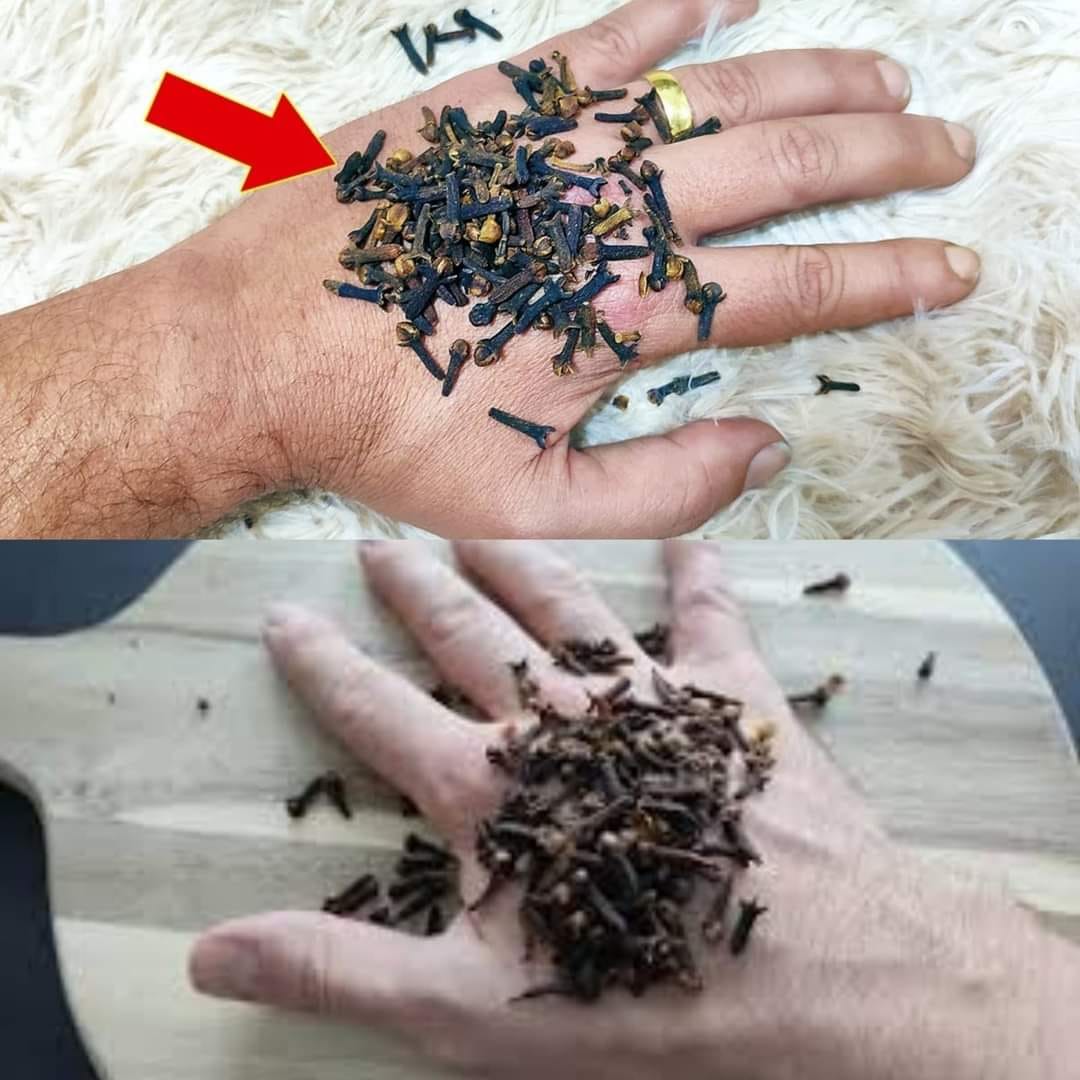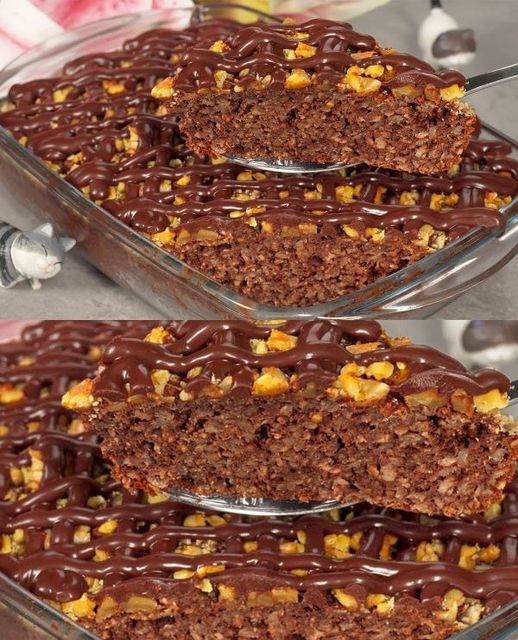Gardening is both an art and a science. It requires dedication, creativity, and the right tools to nurture plants into thriving greenery. But what if one of the most effective tools wasn’t a shiny gadget but a simple pantry staple? That’s right—baking soda is an inexpensive, versatile, and eco-friendly solution for many common gardening challenges.
From promoting plant health to repelling pests, baking soda proves to be a gardener’s best friend. Let’s dive into 10 clever ways you can use baking soda in your garden to make it greener, healthier, and more productive.
1. Natural Fungicide for Healthy Plants
Fungal diseases like powdery mildew and black spot can wreak havoc on your plants. Baking soda acts as a natural fungicide that helps combat these issues without the need for harsh chemicals.
How to Use:
- Mix 1 tablespoon of baking soda, 1 teaspoon of liquid dish soap, and 1 gallon of water.
- Pour the solution into a spray bottle and lightly mist affected plants every few days.
This remedy alters the pH on the plant’s surface, making it inhospitable for fungal spores to thrive.
2. Weed Killer That Won’t Harm Surrounding Plants
Weeds are the bane of any gardener’s existence. Baking soda provides a simple, targeted solution for eliminating pesky weeds without the use of harmful herbicides.
How to Use:
- Wet the weeds with a bit of water.
- Sprinkle baking soda directly onto the weeds, especially targeting those growing in cracks or garden paths.
This method dehydrates weeds while leaving surrounding plants untouched.
3. Pest Deterrent for a Bug-Free Garden
Tired of pests munching on your plants? Baking soda, when combined with flour, creates a powerful pest deterrent to protect your crops.
How to Use:
- Mix equal parts baking soda and flour.
- Dust the mixture over plants affected by pests like cabbage worms or aphids.
This non-toxic powder is safe for plants but unappealing to pests, keeping them at bay.
4. Soil Amendment to Balance pH
Certain plants struggle to grow in overly acidic soil. Baking soda can neutralize acidity, creating a better environment for plant growth.
How to Use:
- Test your soil pH first to ensure acidity is the problem.
- Sprinkle a thin layer of baking soda on the soil’s surface and mix it into the top inch.
Over time, this small adjustment can help crops like beans, peas, and broccoli thrive.
5. Tomato Sweetener for Better Harvests
If you’re growing tomatoes, you know their flavor can vary based on soil conditions. Baking soda helps reduce soil acidity around tomato plants, resulting in sweeter fruit.
How to Use:
- Lightly sprinkle baking soda around the base of your tomato plants, avoiding direct contact with the stem.
Repeat this process monthly during the growing season for the best results.
6. Compost Enhancer for Faster Breakdown
Composting is a fantastic way to recycle organic waste, but the process can sometimes take longer than expected. Baking soda accelerates decomposition by increasing the compost pile’s alkalinity.
How to Use:
- Sprinkle baking soda into the compost bin or pile once every few weeks.
However, avoid overdoing it—too much alkalinity can disrupt the composting process.
7. Odor Absorber for Fresh-Smelling Gardens
Garden odors, especially near compost bins, can be unpleasant. Baking soda’s odor-neutralizing properties make it an ideal solution for freshening up the garden.
How to Use:
- Sprinkle baking soda directly in areas prone to odors, such as compost bins or around trash cans.
This not only combats bad smells but also keeps flies and other insects away.
8. Tool Cleaner for Sparkling Equipment
Dirty, rust-covered gardening tools can hinder your efforts. Baking soda is a gentle abrasive that cleans and maintains your tools, extending their lifespan.
How to Use:
- Create a paste using baking soda and water.
- Use a scrub brush to apply the paste to your tools, focusing on dirt and rust spots.
- Rinse and dry thoroughly.
Clean tools not only work better but also prevent the spread of plant diseases.
9. Seed Germination Booster
Starting seeds can sometimes be hit or miss, especially with older seeds. Soaking them in a baking soda solution can improve germination rates by softening the seed coat.
How to Use:
- Mix 1 teaspoon of baking soda in 2 cups of water.
- Soak seeds in the solution for 12 hours before planting.
This technique works well for tougher seeds like beans, peas, and peppers.
10. Ant Repellent to Protect Plants
Ants often invade gardens, sometimes farming aphids or other pests on plants. Baking soda can deter ants without using harsh chemicals.
How to Use:
- Create barriers by sprinkling baking soda around plants or ant trails.
- For larger infestations, mix equal parts baking soda and powdered sugar to bait ants. They’ll carry it back to their nest, where it disrupts their colony.
Tips for Using Baking Soda Safely in Your Garden
While baking soda is a natural and versatile solution, it’s essential to use it sparingly. Overuse can disrupt soil balance or harm sensitive plants. Always test on a small area before applying widely, and never use it as a substitute for proper gardening care.
Why Baking Soda Deserves a Spot in Your Gardening Kit
Gardening doesn’t have to rely on expensive products or harmful chemicals. With baking soda, you have a multipurpose ally that’s safe, budget-friendly, and effective. Whether it’s fighting fungus, deterring pests, or sweetening your tomatoes, this humble ingredient can elevate your gardening game.
So, the next time you’re tending to your garden, don’t forget to grab that box of baking soda from your pantry. Your plants (and your wallet) will thank you!



